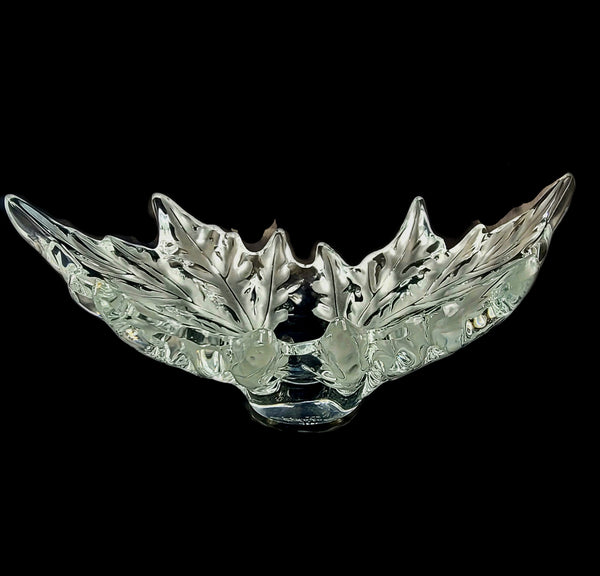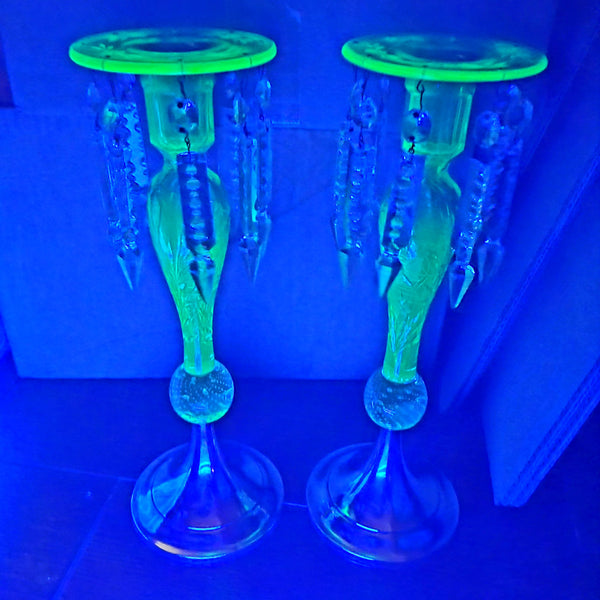How to Identify and Date Fenton Glass

Fenton Glass was the largest producer of colored glass in the United States and has played a prominent role in the history of antique art glass in our country. The Fenton Glass Company was started by brothers Frank and John Fenton who opened a workshop in Martin’s Ferry, Ohio in 1905 painting decorations on glassware from other manufacturers. With a desire to develop more glass colors the brothers built a glass factory in Williamstown, West Virginia in 1906 where they launched iridescent glass known as carnival glass in 1907.
By 1908 mass production of carnival glass had begun. Inspired by Tiffany and Steuben antique glassware was decorated with common patterns of animals and fruit. Different colors were introduced over the years in royal blue, green, purple, and the most popular, Marigold or orange. In 1920 the Fenton Glass Co. developed a rich red color which is now rare and very sought after. In 1948 the sons of Frank Fenton took over running the Fenton legacy. The demand for carnival glass extended through the 60’s which prompted the Fenton Glass Company to reproduce antique glass and classic patterns in the 70’s.
Dating Fenton glass is fairly simple as many pieces you will come across are marked on the bottom with the word Fenton in an oval, or marked with just a scripted F in an oval. Many pieces also have sticker labels that help to date pieces when still intact. Below is a guide on how to date more modern Fenton pieces:
1980 - "8" was added under the Fenton logo for pieces produced in the 1980's
1990 - "9" was added under the Fenton logo for pieces produced in the 1990's
2000 - "0" was added under the Fenton logo to denote the 2000-2009 period
2010 - "1" under the Fenton logo to be used through 2019
Seconds were marked with a solid or empty star or a flame. In 1998 a printed F (not in script font) marked the bottom of seconds.
It's important to remember, just because a piece is not marked with a Fenton sticker or logo on the bottom does not mean you have not come across a piece of Fenton. Not all very early pieces were marked on the bottom and many pieces have lost their stickers over time. This is where studying the shapes, patterns and designs of pieces made by Fenton help to identify pieces.
Unfortunately, traditional glass making ceased in 2011. However, the legacy lives on through the hand crafted jewelry still produced using traditional Fenton colors and art glass making techniques.




